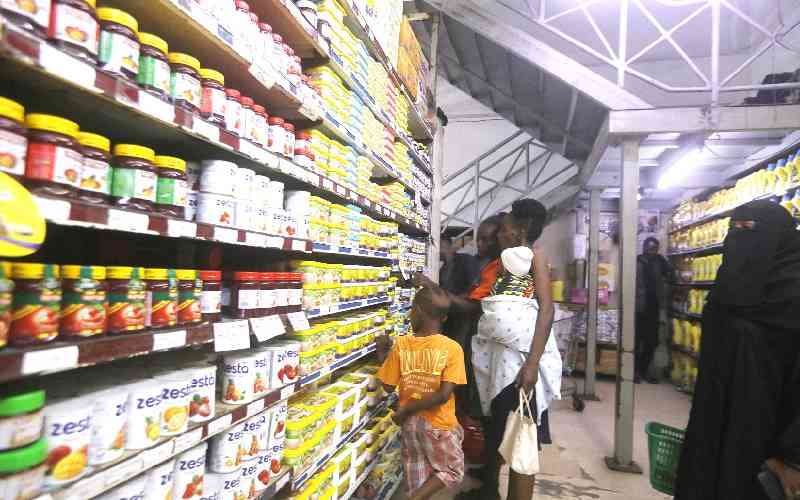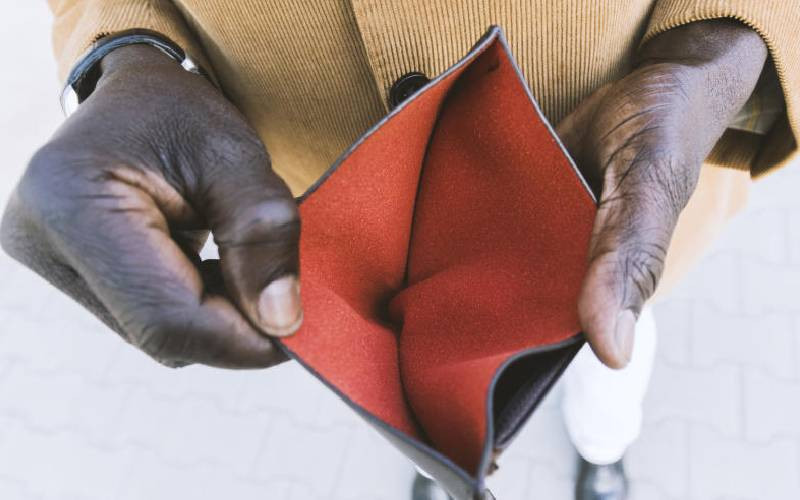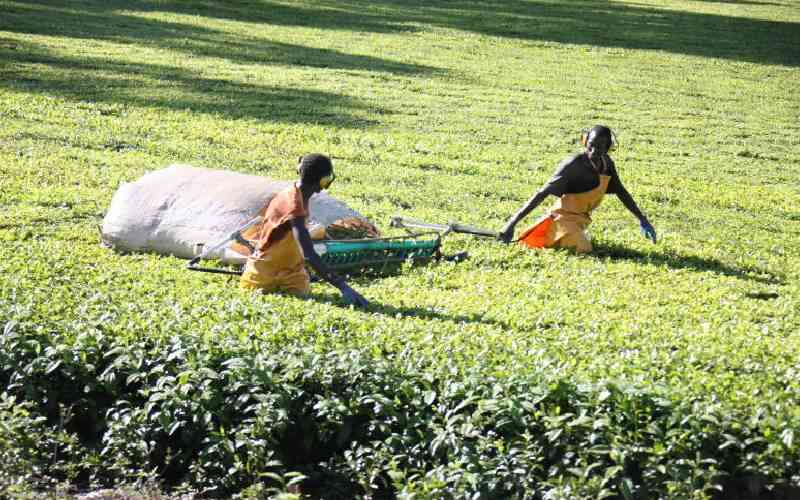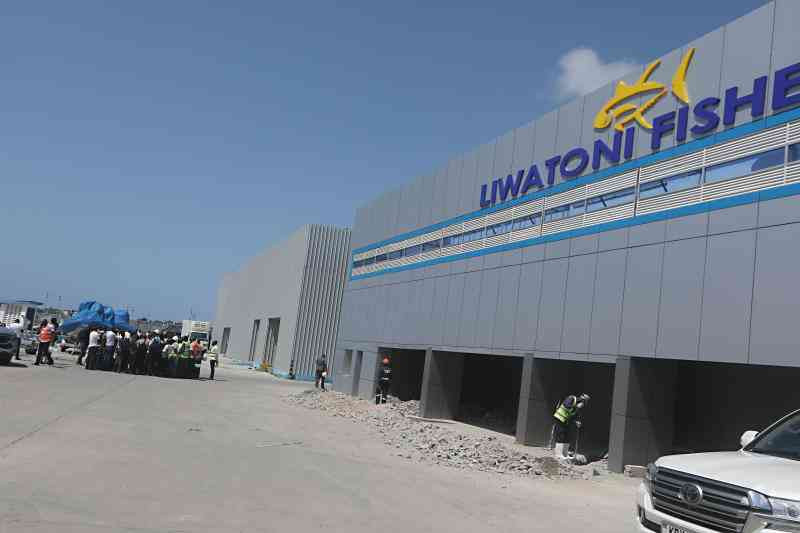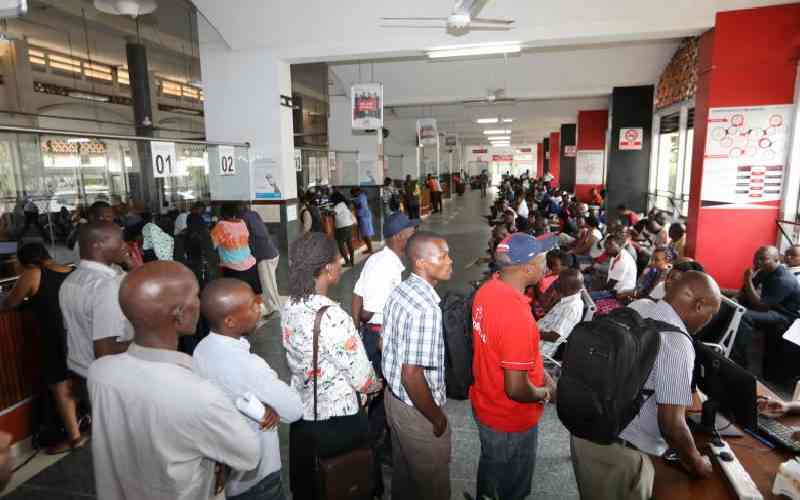×
The Standard e-Paper
Home To Bold Columnists
Thanks to increasing demand and attractive market prices, banana farming is gaining momentum.
Until recently, use of conventional suckers as planting material has been the only option in banana farming. This method is preferred by many because it requires less inputs and the suckers can be planted immediately in the field.

